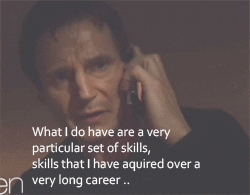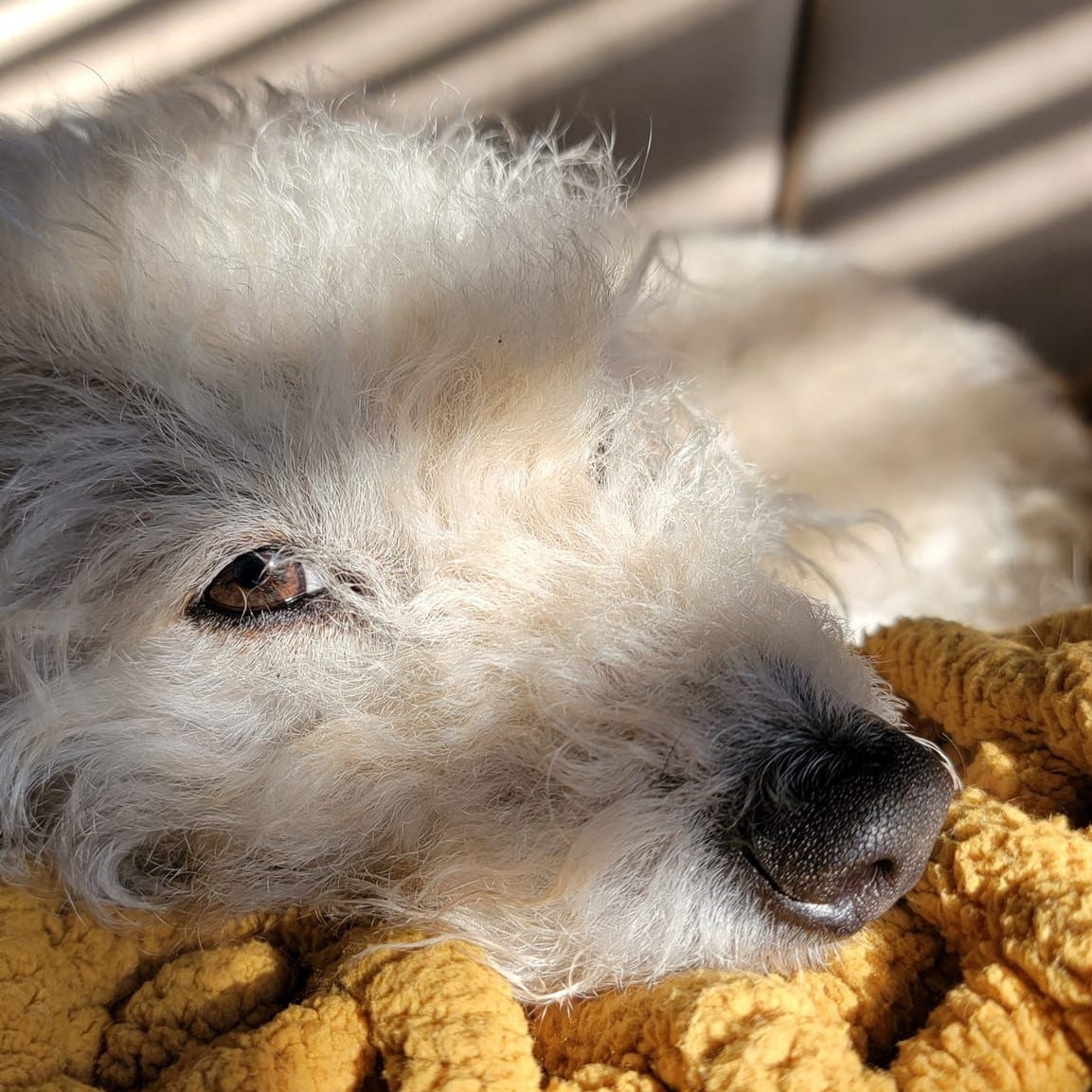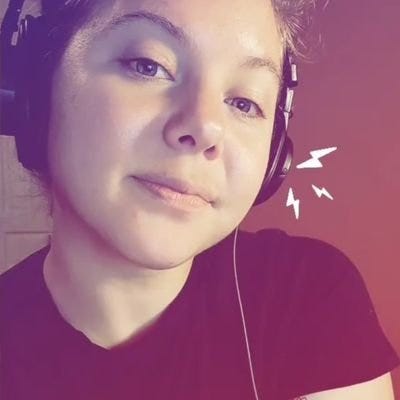Do we really need video for our podcasts now?
Vol. 10 - “Video for video's sake”, Reframeables, and Canadian Bushcraft.
Hihi!! Happy Pod the North Tuesday, the first of 2023!!
In this issue:
YouTube drama that podcasters can care about.
Sabrina Brathwaite is questioning “video for video's sake”.
Canadian Indie: Reframeables
True North Podcast Feature: The Canadian Bushcraft Podcast
ICYMI: We’re kicking off 2023 with 33 long-term drinking water advisories in effect in 29 First Nations communities across Canada.
In the last newsletter, I said this:
“Video is a thing, despite many of our reservations.”
This was because of the Canadian Podcast Listener highlighting in its 2022 report that YouTube had become a leading podcast listening platform.
YouTube… a video platform.
As a freelance podcast producer, I’ve always considered myself audio-first. Yes, I have some basic video editing skills, but by sticking to audio-first (and frankly, passion-first) I’ve actually managed to create a distinct boundary for my work so that I don’t totally burn out by saying “yes” to everything.
Regardless, I had a recent, lengthy chat with one of my clients about considering video for their podcast. This conversation shed some light on a lot of opportunities for this podcast - and brand - to grow. The benefits were hard to deny. Their podcast was getting consistent views on YouTube as just a logo with some audio, same with their audiograms on Twitter — and they themselves were avid watchers of podcasts on YouTube.
Everyone in podcasting is wondering how to get their podcast discovered and how to make money from their show.
Video seems to have solutions to both of those problems.
But when we talk about adding a video element to your podcast, I’ve noticed that we’re really talking about YouTube and social media. And there is a lot of debate floating around the industry about whether a video podcast is really a podcast or if it’s basically a YouTube show. I’ll get into that later.
Reading this piece on AdWeek from Molly Fuard, Director of Ad Innovation Strategy at SXM Media about Visual Podcasting was really insightful – and shout out to Pacific Content for featuring it in one of their recent newsletters.
In the article, Molly confirms some of my suspicions around the purpose of video when it comes to podcasting: that it feels like more of a “campaign” than a key part of the podcast product itself.
It’s an entirely separate product that requires a completely separate team.
Video does open up a lot of opportunities for sponsorship and money-making models — you can do so much more than mid-rolls.
With video, there are many more ways for advertisers to be at the forefront of content, from the beginning to end.
Let’s call it the American Idol effect.
Regardless of commercial breaks, viewers return to the show and always see Coca-Cola cups on the judges’ table. It transformed sponsorships for television, and we’ll see the same transformation in podcasting.
- Molly Fuard
Fuard also pointed out that YouTube becoming a leading platform is because of those dang young people, a new era of consumers called “podcast pioneers”.
These people are younger than the average podcast listener (18-35) and only started listening to podcasts in the last year or so via the apps that they already use – enter TikTok, YouTube and Instagram Reels.
THE TEENS LOVE PODCASTS and they’re growing up with them.
(Which is yet another reason to transcribe your podcast so that it can be used as a university or college reading!)
Now, the Youtube Podcast homepage doesn't look like it’s available in Canada yet, but looking through the general “podcasts” tag the results seem to be generated by your current personal algorithm – mine is all RuPaul’s Drag Race recaps and random YouTuber drama.
But that means that in preparation for the inevitable launch of YouTube Podcasts in Canada, you should probably be SEO-ing the heck out of your podcast titles and video descriptions to lock your podcast into those digital footprints.
There are clear benefits to incorporating video elements into the brand and deliverables of your podcast but should video really become an industry standard?
Do we really need video now?
My podcasting pal and colleague at Vocal Fry Studios, Sabrina Brathwaite, has some thoughts…
Thoughts from the ecosystem:
Sabrina Brathwaite is questioning “video for video's sake”.
Sabrina Brathwaite runs Experimental Audio Scene where she makes the namesake podcast, Living in Cycles and a variety of other projects. She’s also a Producer at Vocal Fry Studios working on shows like Stories from the Field, Wine Pod and No Little Plans.
Bonus, she’s also a former philosophy student (which definitely comes through in our chat!), Tarot enthusiast, and she’s teaching me ASL this week. Overall very cool human.
I talked to her about whether video is in service of audio as a medium, what we really consider podcasts to be, the connections between podcasting and social media, and what to consider if you do add video to your podcast.
This interview has been edited and condensed for brevity.
Kattie: A few months ago you were tweeting about video and podcasting and I was like, Sabrina, we need to talk! You, me and many of our peers (like Jay Cockburn) have had conversations that surround the statement, “there is no such thing as a video podcast.”
When I was looking through your tweets, one of the things that you said was, “the larger question is what constitutes a podcast?”. Explain!
Sabrina: Being someone who spends a lot of time online, I always need to add the obligatory disclaimer that everything that I say is descriptive and not prescriptive.
So if you are reading this and you're like, Sabrina doesn't know what she's talking about, great. Don't send me emails about this, please.
But people tend to point to that idea that if it's not on an RSS feed, it's not a podcast.
Oh, okay! I wasn't expecting that angle, but that's an interesting point.
Ya, I have seen that argument where podcasts are bred out of this decentralized structure — where you host everything yourself for the most part. And that's what's different than say a piece of music, right? An MP3 file or an audiobook.
So that's a very surface level version of the technical explanation. Cuz spoiler, I actually don't even know what an RSS feed is.
I've made a lot of metaphors to try and explain what they are to people.
So talk to me about video and podcasting from a content and deliverables perspective.
When it comes to talk-podcasts, interview guest podcasts, even longer form documentary style, I think of them sort of like the YouTube docs that you see — like a 45 minute video about Jenna Marbles [as] someone’s just sitting there doing their makeup and there's photos popping up.
That is content that can work visually. You could strip that audio and just have it as a pod.
Requiring video for podcasts can be very narrow in scope in terms of “what is a podcast”. Not just philosophically, but also in terms of genre. Because we have audio drama, we have narrative, we have ambient sound and soundscapes.
And as you're listening to the sounds, that can be a complete experience.
But it's that question of industry standard. Should podcasts have a video component? Should that be required?
Should every studio worth their salt offer services that are just “video for video's sake”, and now you have an audiogram and Reel for Instagram?
The only “video podcasts” that I see are the ones where it's people reading stuff off of Reddit, or chat shows.
But I can't help but think that corporations who say how necessary video is gonna be for podcasts – it’s like a buzzword for the future of podcasting – their pivot to video seems reliant on how they see social media moving.
Most of social media now is being fueled by video content. What are all your thoughts on this?
I agree and what I found interesting with the relationship between YouTube and podcasting was that you would have people uploading just themselves sitting somewhere for 40 minutes or just the raw audio with a placement photo, and people would still be consuming the podcast, the audio of it all.
I find that very interesting because to me YouTube is a video platform, but it's also a search engine. I think that's why podcasting works so well on it. You are on YouTube for the most part cause you wanna be entertained but also cause you're searching for information.
OKAY, LET ME INTERJECT FOR A SECOND: It occured me to after this interview that I use podcast apps like a search engine too. It’s seems like yet another reason why podcasts could and should thrive on YouTube.
Back to Sabrina.
But Podcasting is very intimate, but it's not very social. Unlike social media where sociability is built in.
It seems like a lot of social media companies are trying to be everything to everyone and they're failing at a lot of things because some things are not intrinsically meant to be social in that way.
Maybe that’s why it’s only the reactionary, chat-style, Reddit-review podcasts that I see getting views on social media platforms — the content is more “social” in a way?
Social media apps are the thing these days. Everyone wants your eyeballs, so you wanna create content that's good for social media that generates dollars.
But just because it's profitable doesn't necessarily mean it's good, or it's true to the medium.
Why do you think the video conversation rattles so many podcasters?
Editing for audio and editing for video are two very different things.
A fun thing that we can do in podcasting is have someone say a sentence three times, and each versions of those sentence has something that's a little off, and can splice it together and create one good sentence.
Is there a way that I can do that in video? Your cuts are gonna be a lot more obvious.
Even when it comes to pacing, there are talk show [podcasts] that I can tell were made for video in mind because when I'm just listening to it as just audio, it's dragging and it's not as quick as you'd want it to be cause you have no other stimulus. That is not in service to audio as a medium.
So it's two different skills to the point where depending on what it is that you're creating, you might need to do two separate edits to do either thing.
I need to create my “video podcast”, then re-edit it so that when my audio-only audience is listening to it, it flows better.
On Twitter, you said being on video can present accessibility issues, so what do you mean by that?
I wanna start by acknowledging the accessibility argument for video — different people have different thresholds for different things.
But the accessibility piece of being on video — what I like about audio as a medium is it reduces a layer of concern for guests, people who aren't media trained.
Visual is a very big part of a lot of people's lives, especially when it comes to social messaging about how you're supposed to present yourself. Especially when you're asking for someone's time, sometimes very last minute, sometimes very early in the day or very late in the day. Reducing that layer of concern for, ‘how do I look?’ can increase accessibility for guests, or for people who want to get into media but are concerned visually.
It can also extend to financial access – what is the labor that goes into doing hair? The labor that can go into getting dressed, especially with work-from-home the labor that can go into making a space presentable.
I implore people to think about that, particularly when it comes to that video podcast element that's like, “let's just record this whole hour so that we can drop it on YouTube and there's something to look at”. To me, that is a lot of extra overhead for a conversation that could have been relatively, if not exactly, the same audio only.
The other thing, and this is what Tricia Hershey from The Nap Ministry specifically pointed out, when you are requested to go on a podcast and you get to the interview and they would like you to have your video on, now we have unclear ideas of what constitutes our boundaries.
Note to all podcast producers/hosts: when inviting guests to your show, if the content is going to be filmed, make sure you establish that as soon as possible via email/phone and give people time to prepare. Not everyone is comfortable in front of a camera.I wish the trend of asking someone to be on a podcast but actually wanting them to be filmed on video would stop. Podcast are audio only and why we gotta come camera ready to film this? I will die on this hill.The Nap Ministry @TheNapMinistry
Thank you Sabrina!
What Sabrina is listening to:
Check out this Canadian Indie: Reframeables
Eavesdrop your way into some new perspectives.
Do you feel alone in your own head when it comes to navigating life’s big and small problems? Do you find self-care language a little too self-focused but know you still need to do the work? Nat and Bec, two very different sisters, come together to reframe some of life's big and small stuff.
Interviews include Giller winner, Ian Williams, and co-star of the Jann Arden podcast, Caitlin Green, and many more authors, actors, activists those who inspire Nat and Bec to think differently about the world so that we can reframe how to live in it.
True North Podcast Feature: The Canadian Bushcraft Podcast
Discussing all things related to Bushcraft, camping, survival, hunting, and more.
Wilderness survival instructor, and Anishinaabe storyteller Caleb Musgrave and his guests will share open, and oftentimes candid experiences from the wilderness. From mountain lion encounters, to shenanigans in the woods.
Also, the opening theme song is great.
Other podcasts I kicked off 2023 with:
What’s going on in Canada’s podcast ecosystem:
PODCAMP TORONTO is back with a new roster of sessions and workshops that you need to vote for if you want to see at their next “unconference”.
Check out the list of presentations that range from pitching to sponsors, joining a network, deep dives into niche audience, and more on their website. Also, one from yours truly (you’ll know which one).
Plus, you have until Jan 16 to submit your own session!Pitch your show to Frequency Podcast Network! If your indie podcast deserves a wider audience, send an email to Jordan Heath-Rawlings at hello[at]frequencypodcastnetwork[dot]com.
Devin Andrade, the sneaky Canadian at Tink Media, just launched Podstack, a podcast recommendation newsletter!
Check out the 2022 summary from The Canadian Podcast Listener for free! It offers high-level information about demographics including age, sex, income and education, and some insights about platforms and podcast advertising. Read it.
You can still vote for your favourite Canadian podcasts at The Signal Awards. Winners will be announced this month! Check out the nominations here.
In December, CANADALAND’s The Backbench was live at Hot Docs Cinema with host and Jeopardy champion, Mattea Roach! Check out the episode.
For your pod:
What's the best day to publish a podcast?
Podchaser combed through six months of data to find the days most popular for releasing podcast episodes. Check out their Data Report.
Need a name for your podcast?
Check out Ausha’s Podcast Name Generator here!
How to use podcasting to grow your business:
Jeff Townsend shares his knowledge about how podcasting can benefit your business. Watch.
2023 Podcast Marketing Insights:
Think your podcast fits a visual medium like TikTok?
Check out these tips from Headliner.app about how to useTikTok to promote your podcast.
Finally, a word from Joe…
If you have thoughts or questions about this newsletter, please share them with me! Leave a comment or reply to the newsletter email.
Thanks for supporting Pod the North, I’ll be back in your inbox in two weeks!
Kattie | @podkatt
(Find me on Twitter or Post!)










I got into podcasting for the audio, I love recording 'live-to-pod' with minimal-to-no editing. The faster an episode can be published the better. But when we recently ran out of Letterkenny episodes to recap/review on our show (The Produce Stand) we began producing special clip episodes and it just made sense to produce videos. TPS is still an audio-first podcast, but when the content demands it, we will also publish video.
Definitely something all of us audio producers need to really think about and decide if we want to include video. Easiest is using Zencaster and then just editing it.